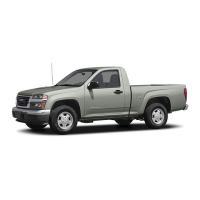
Do you have a question about the GMC Canyon and is the answer not in the manual?
| Brand | GMC |
|---|---|
| Model | Canyon |
| Category | Automobile |
| Language | English |
Details on manual and power seat adjustments, including lumbar support.
Instructions for folding rear seat cushions and seatbacks in extended and crew cabs.
Explains the importance and proper use of safety belts for all occupants.
Information on types of child restraints and proper usage for older children and infants.
Discusses the vehicle key, its uses, and the importance of spare keys.
Information on manual and power door locks, including lockout protection and security features.
Details on manual and power window operation, including express-down and lockout features.
Explanation of the content theft-deterrent alarm system and Passlock®.
Covers new vehicle break-in guidelines, ignition positions, and starting procedures.
Instructions for adjusting manual and automatic rearview mirrors, including compass and temperature display.
Overview of OnStar® services, including safety, security, and convenience features.
Location and use of glove box, cupholders, and armrest storage areas.
Instructions for operating the sunroof and sunshade.
Identifies and describes the main components of the instrument panel and their functions.
Information on locating and using accessory power outlets for auxiliary electrical equipment.
Explains the operation of the heating, cooling, and ventilation system, including fan and mode controls.
Describes the function of various warning lights, gages, and indicators on the instrument panel.
Details on the DIC display, controls, and messages for vehicle status and warnings.
Information on operating the vehicle's audio system, including radio and CD player functions.
Advice on defensive driving techniques, maintaining vehicle control, and the dangers of impaired driving.
Explains the severe risks of alcohol impairment on driving skills and crash outcomes.
Discusses the three systems controlling vehicle movement: brakes, steering, and accelerator.
Details on perception time, reaction time, stopping distances, and factors affecting braking.
Explains the function of ABS in preventing skids and proper usage during driving.
Describes the TCS operation for limiting wheel spin and improving traction in slippery conditions.
Guidance on off-road driving, including terrain considerations, skills, and vehicle preparation.
Techniques for recovering a stuck vehicle, including the rocking method and cautions.
Information on the use and caution for recovery hooks when stuck off-road.
Guidance on proper vehicle loading, weight distribution, and capacity limits.
General advice on towing a disabled vehicle and recreational towing.
Comprehensive guide to towing trailers, including weight limits, handling, and safety practices.
Information on GM service, parts, and dealer recommendations for vehicle maintenance.
Guidance on recommended fuel types, octane ratings, additives, and California fuel specifications.
Instructions for checking essential underhood components like oil, coolant, and washer fluid.
Procedures for checking engine oil level, adding oil, and understanding the engine oil life system.
Information on engine coolant type, mixture, and checking/adding coolant to the system.
Overview of cooling system components and checks, including the coolant recovery tank and fan.
Notice regarding proper installation and caution for hot caps.
Explains causes of overheating, what to do, and the function of the coolant temperature gauge.
Guidance on checking and using power steering fluid, and what to use.
Instructions on what type of fluid to use and how to add washer fluid.
Details on brake fluid, brake wear, brake pedal travel, and brake adjustment.
Information on battery types, vehicle storage, and cautions regarding batteries.
Step-by-step instructions for safely jump-starting a vehicle with a dead battery.
Guidance on checking and changing rear axle lubricant.
Explanation of four-wheel drive operation and recommended transfer case settings.
Guidance on checking and changing front axle lubricant.
Instructions for replacing various exterior and interior bulbs, including cautions for halogen bulbs.
Procedures for replacing low-beam and high-beam headlamp bulbs.
Instructions for replacing front turn signal, parking, and DRL bulbs.
Procedure for replacing the CHMSL bulb.
Instructions for replacing rear lighting bulbs.
Procedure for replacing license plate lamp bulbs.
Steps for removing and installing new windshield wiper inserts and blades.
Information on tire maintenance, dangers of improper use, and when to replace tires.
Explanation of the information molded into tire sidewalls, including size and specifications.
Glossary of terms related to tires, including air pressure, aspect ratio, and treadwear.
Guidance on checking tire pressure, consequences of under/over-inflation, and when to check.
Explanation of the TPMS, how it works, and what the warning lights mean.
Recommendations for tire rotation, inspection for wear, and checking wheel alignment.
Indicators for knowing when new tires are needed, including treadwear and damage.
Advice on selecting replacement tires, including GM's TPC Spec system and cautions about mixing tires.
Discusses the impact of using different sized tires and wheels on vehicle performance and safety.
Explanation of the UTQG system for rating tires on treadwear, traction, and temperature.
Guidance on when to check wheel alignment and tire balance for optimal performance.
Instructions on when and how to replace wheels, wheel bolts, and nuts.
Cautions and instructions regarding the use of tire chains, including size compatibility and installation.
What to expect and do if a tire blows out or loses air suddenly.
Step-by-step instructions for safely changing a flat tire, including precautions.
Locating and removing the spare tire and necessary tools for changing a tire.
Information about the secondary latch system for the underbody-mounted tire hoist.
Instructions for properly storing tires and tools to prevent damage and injury.
Details on compact spare tires, their limitations, and maintenance.
Tips for cleaning and maintaining the vehicle's interior and exterior surfaces.
Recommendations for cleaning interior surfaces like upholstery, carpet, and vinyl, with cautions.
Techniques for cleaning fabric and carpet, including stain removal and vacuuming.
Guidance on cleaning leather surfaces, including what cleaners to use and avoid.
Tips for cleaning plastic surfaces, avoiding damage, and preventing glare.
Instructions for cleaning safety belts and cautions against weakening them.
Advice on using silicone grease to maintain weatherstrips.
Best practices for washing the vehicle's exterior to preserve the paint finish.
Instructions for cleaning exterior lamps and lenses.
Tips for maintaining the vehicle's paint finish through waxing and polishing.
Guidance on cleaning aluminum and chrome-plated wheels, and cautions against improper products.
Advice on cleaning tires and using appropriate tire dressing products.
Recommendations for sheet metal repair and maintaining corrosion protection.
Importance of cleaning the underbody to prevent corrosion and rust.
Information on chemical fallout damage and GM's repair policy.
Explains the Vehicle Identification Number (VIN) and its location.
Overview of the vehicle's electrical system, including add-on equipment and fuse information.
Information on protecting wiring circuits with fuses and circuit breakers.
Important notes on keeping engine oil at the proper level and changing it as recommended.
Emphasizes the necessity of following maintenance intervals for good working condition and warranty coverage.
Explains how proper maintenance benefits the environment and vehicle condition.
Guidance on how driving habits affect maintenance needs and where to find more information.
Details on Maintenance I and II services, recommended intervals, and what triggers service notifications.
Lists required services based on mileage intervals for various vehicle systems.
Outlines owner-performed checks and services to ensure safety and vehicle condition.
Lists the specific fluids and lubricants recommended for various vehicle systems.
Identifies common replacement parts and their GM/ACDelco part numbers.
A log for recording scheduled maintenance dates, services performed, and odometer readings.
General overview of customer assistance resources and how to contact GMC.
Steps for resolving concerns, starting with dealership management and escalating if needed.
Information on the GM Owner Center for accessing vehicle information, service reminders, and dealer locators.
Contact information for GMC Customer Assistance Offices in the US and Canada.
Details on a program to reimburse costs for eligible aftermarket adaptive equipment.
Information on available roadside assistance services, coverage limits, and contact numbers.
Explanation of the customer support program offering transportation during warranty repairs.
Information on vehicle computer systems that monitor performance and record data in crash events.
Recommendations for ensuring proper collision repairs using quality parts and qualified technicians.
How to report vehicle defects to NHTSA, Transport Canada, and General Motors.
Information on how to order service manuals and bulletins from GM.

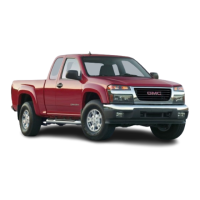
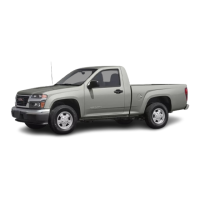
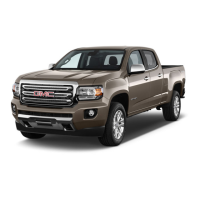
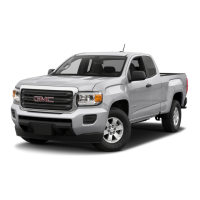
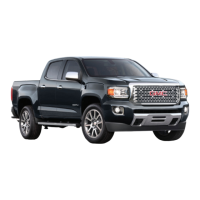
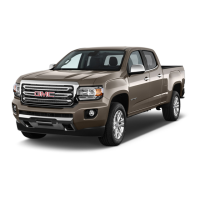
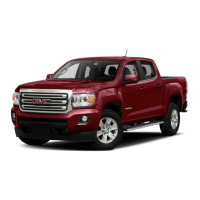
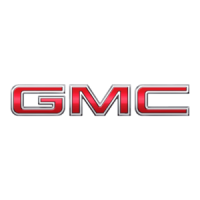



